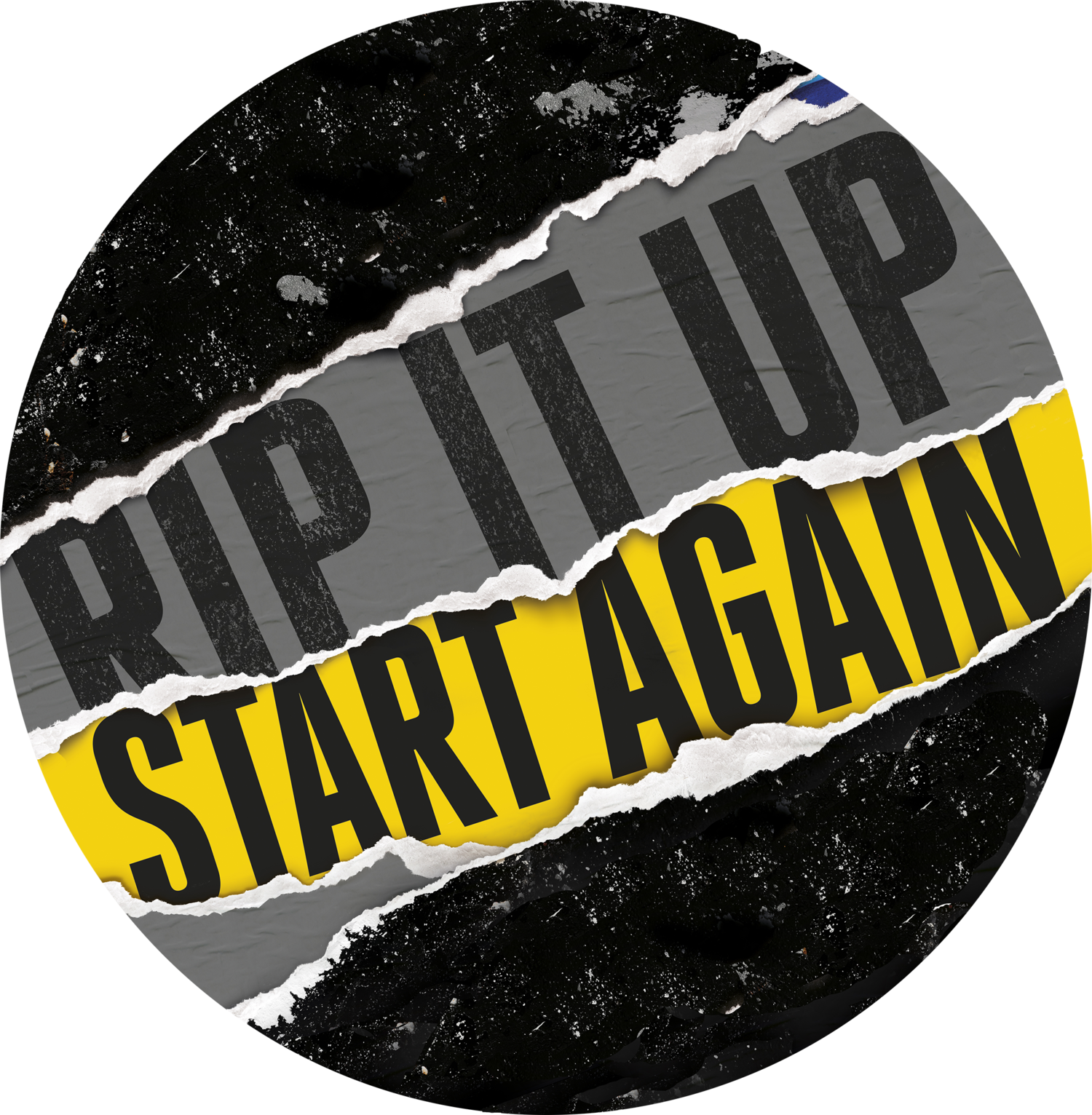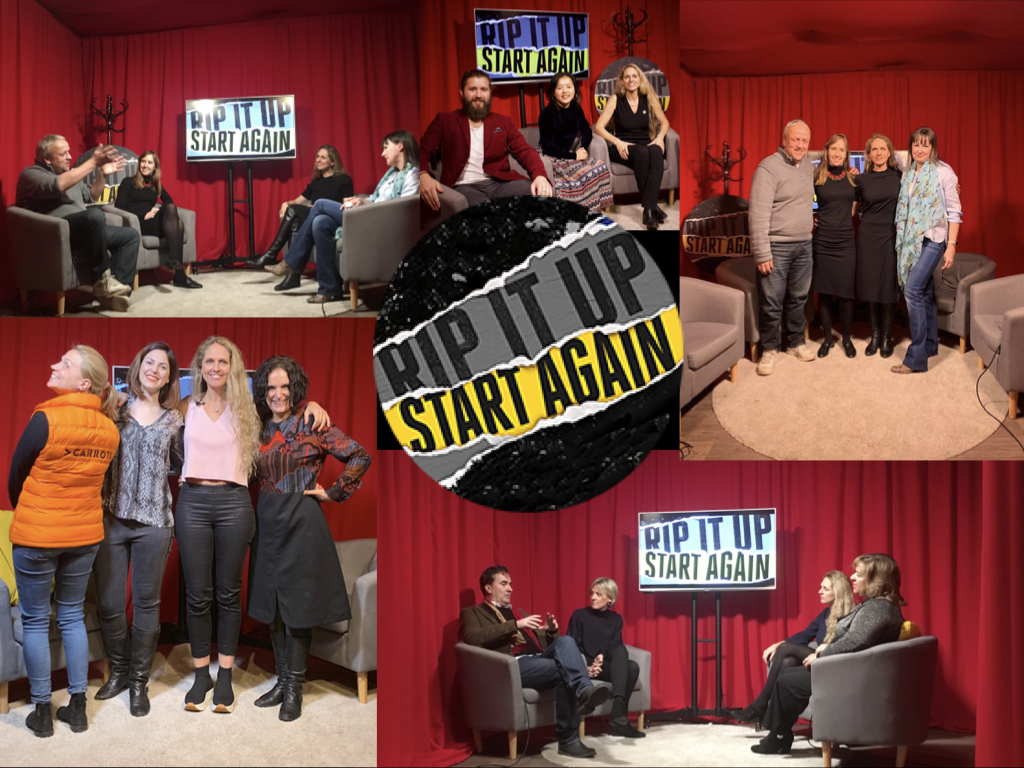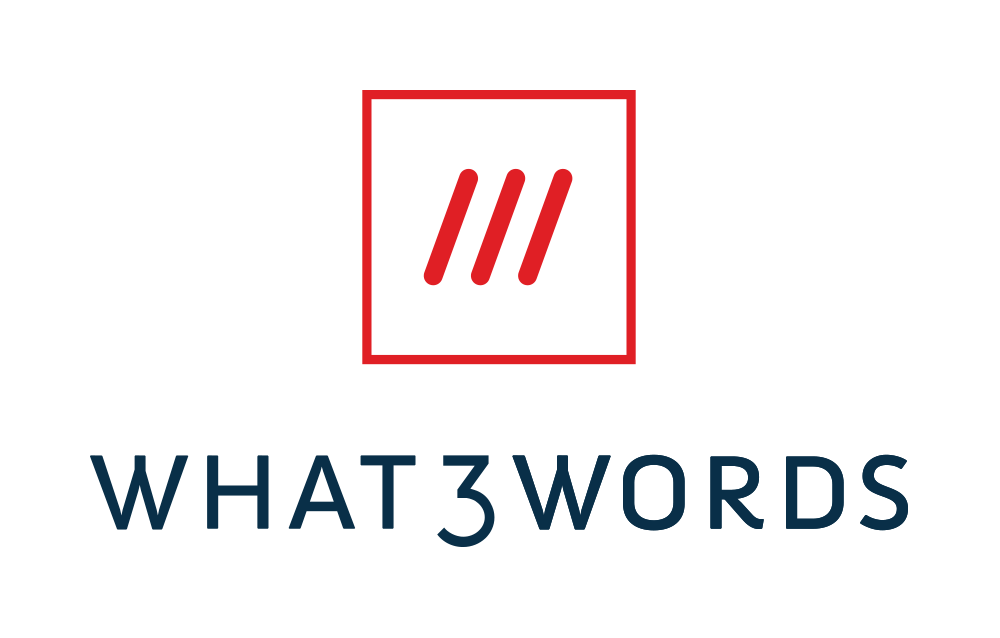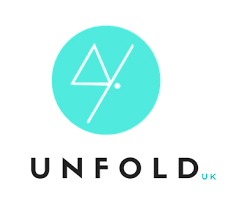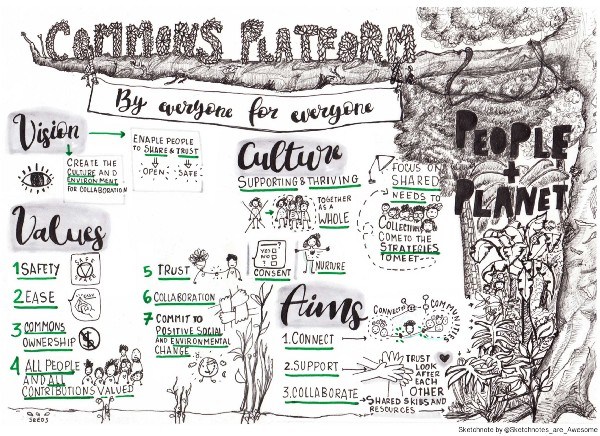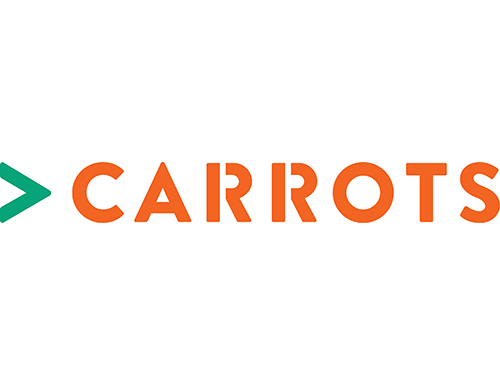Barry Whyte: Veero
/“When you’re with other people watching the same VR film it suddenly becomes much more immersive. We had friends hugging each other during the scary bits and people holding hands. It was really amazing.”
Chaired by Shelley Taylor (trellyz.com)
WHAT DID BARRY SPEAK ABOUT?
The future of virtual reality and how Barry plans to launch the first VR cinema in London later this year. He started by asking for a show of hands: How many people in the audience have experienced VR?Lots of hands in the air. How many people own a VR headset?Only a few people, probably gamers. How many people plan on buying a VR headset? I’ll leave you to guess the answer. Needless to say, if VR is going to be the future, then we need to think about context and how people integrate technology into their lives. One of the barriers to adoption is that wearing a headset is not sociable. But what about creating a shared VR experience in a cinema?
WHAT'S THE BACKSTORY?
Remember the Nintendo Virtual Boy? It was released in 1995 and was the first consumer headset for VR. It never made it to the UK, but Barry managed to buy one in the late ‘90s, and this led to an obsession with virtual reality from a young age. He described how the immersion and focus of being in virtual reality was a massive part of the appeal. Soon after, SegaWorld established their first VR arcade in London, which opened its doors to thousands of people who came for this new experience. A decade later, it closed down. So why has VR made a sudden comeback?
One of the main reasons that virtual reality is back on the scene is because we can now move an image at the same speed as our head within a computer (or phone) and package this at an affordable price. In other words, we can now design VR environments that the brain thinks are real – and that’s a huge leap forward. We are now able to film content using a 360-degree camera or create content using computer-generated graphics. There’s even a technology that bridges the gap between the two, algorithmically stitching them together to create a 3D object of a subject (say, a 3D version of yourself or a familiar environment). To see this in action, check out 6x9: A virtual experience of solitary confinementproduced by The Guardianand directed by Lindsay Poulton and Francesca Panetta.
These advancements have led to predictions of a future not dissimilar to the scenes from the book, Ready Player One, where the main character has access to a virtual world called The Oasis. If you search “VR family” in Google images, you will see families all wearing headsets as they experience VR together in the front room. Will this really become the norm? Barry told us his vision for the future of VR. The assumption is that everyone will buy a headset and wear it everywhere. However, the reality is that most families only own one headset. He believes that people want a social experience. This doesn’t mean that they don’t want VR, but we do need to consider how they engage with the content. Instead of targeting early adopters and a niche market of gamers, what if VR was introduced as a passive experience to the mass market through films?
WHAT'S HE DOING ABOUT IT?
Barry has founded Veero (not to be confused with Vero, the latest social media site to challenge Facebook). Veero’s mission is to take VR out of the tech world and into the real world by creating immersive virtual reality cinema experiences. There are now VR categories at several global film festivals, and grassroots filmmakers are creating great content using 360-degree cameras. At the moment, there is nowhere to see their work. There’s one cinema in Amsterdam and a few experiences (The Void in Westfield comes highly recommended), but Hollywood is mostly avoiding VR films. Believe it or not, the headsets make it difficult to sell people popcorn. So, that leaves Veero with a unique opportunity.
Barry and the team have already held pop-up experiences to test the concept. It’s totally different to 3D movies. In the case of VR, the technology is used to tell a story. Just like films use footage to take you through a narrative, VR places you in a situation and lets you explore in all directions. Imagine watching your favourite movie through the eyes of the main character – or even walking around next to them. There’s a level of involvement that is impossible to experience when watching a film on the big screen. The reaction has been extraordinary. Unlike VR for gaming, watching a film in the same room (which is already dark) can be a social experience. Nobody talks when the film is on, and everyone is engaged with the same piece of content at the same time. There’s even shared audio, so you can remove the headphones and it suddenly becomes much more immersive.
NEXT STEPS …
Veero hosted a Haunted Halloween pop-up cinema last year as a proof of concept (see the footage by BBC Click on their website). They are running their next pop-up experience at London Tech Week on the 11th June. The plan is to open a permanent VR cinema in London by the end of 2018. If you can’t wait that long, visit them at London Tech Week and use the code “RIPITUP” to receive 20% off.
www.veero.co
CHAIRED BY SHELLEY TAYLOR
Shelley Taylor is the CEO and founder of trellyz, software that is transforming the way cities deliver services to the public, including the trellyz LifeSpots app and the RefAid app (for migrants and refugees). She is a native of Palo Alto California (that is the epicentre of Silicon Valley). She has tech running through her veins, has launched companies, succeeded (and failed), and has been part of tech startup culture for more than 20 years. She created the user interface bible, most of the language we now use to describe corporate websites, e-commerce features and functionality (like “global navigation” which literally did not exist before she made it up and got people to start using it). She’s the person who got Michael Dell to put a phone number on the website so people would stop abandoning the shopping cart. She diagnosed consumer diseases like “Mad Couch Disease” for interactive television, “Post Transaction Anxiety Disorder” and "Abandoned Shopping Cart Syndrome” for e-commerce and helped improve the dire state of user interface through the 90s and 00s. Lately she has been building her own tech companies instead of telling people how to do it better. She built the first DRM free music and digital entertainment site, and licensed music content legally when MySpace and Spotify were stealing it. She has built a ton of mobile apps. She has been living out of a suitcase since March 2017, literally building her current company country by country. www.trellyz.com
